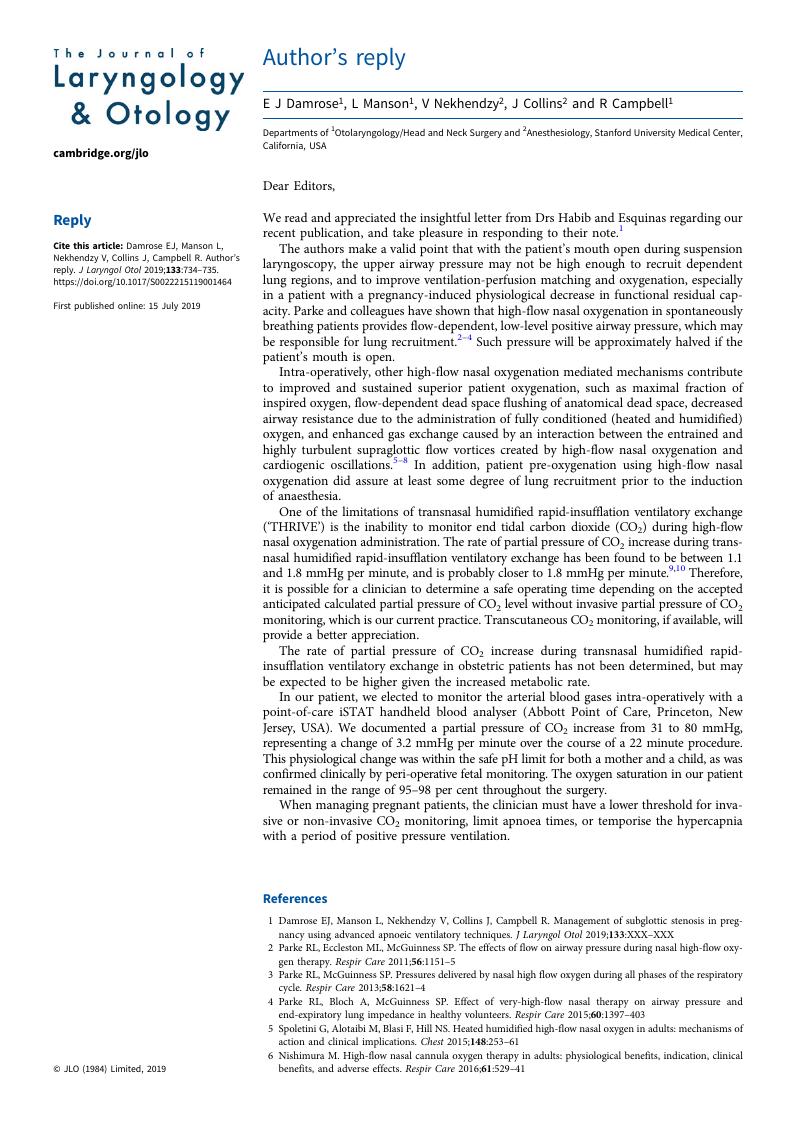Crossref Citations
This article has been cited by the following publications. This list is generated based on data provided by Crossref.
Kanzara, Todd
Rotman, Anthony
Kinshuck, Andrew
Al Yaghchi, Chadwan
Tan, Min Yi
Yu, Christina
and
Sandu, Guri
2021.
Endoscopic management of idiopathic subglottic stenosis in pregnancy.
Obstetric Medicine,
Vol. 14,
Issue. 4,
p.
225.



